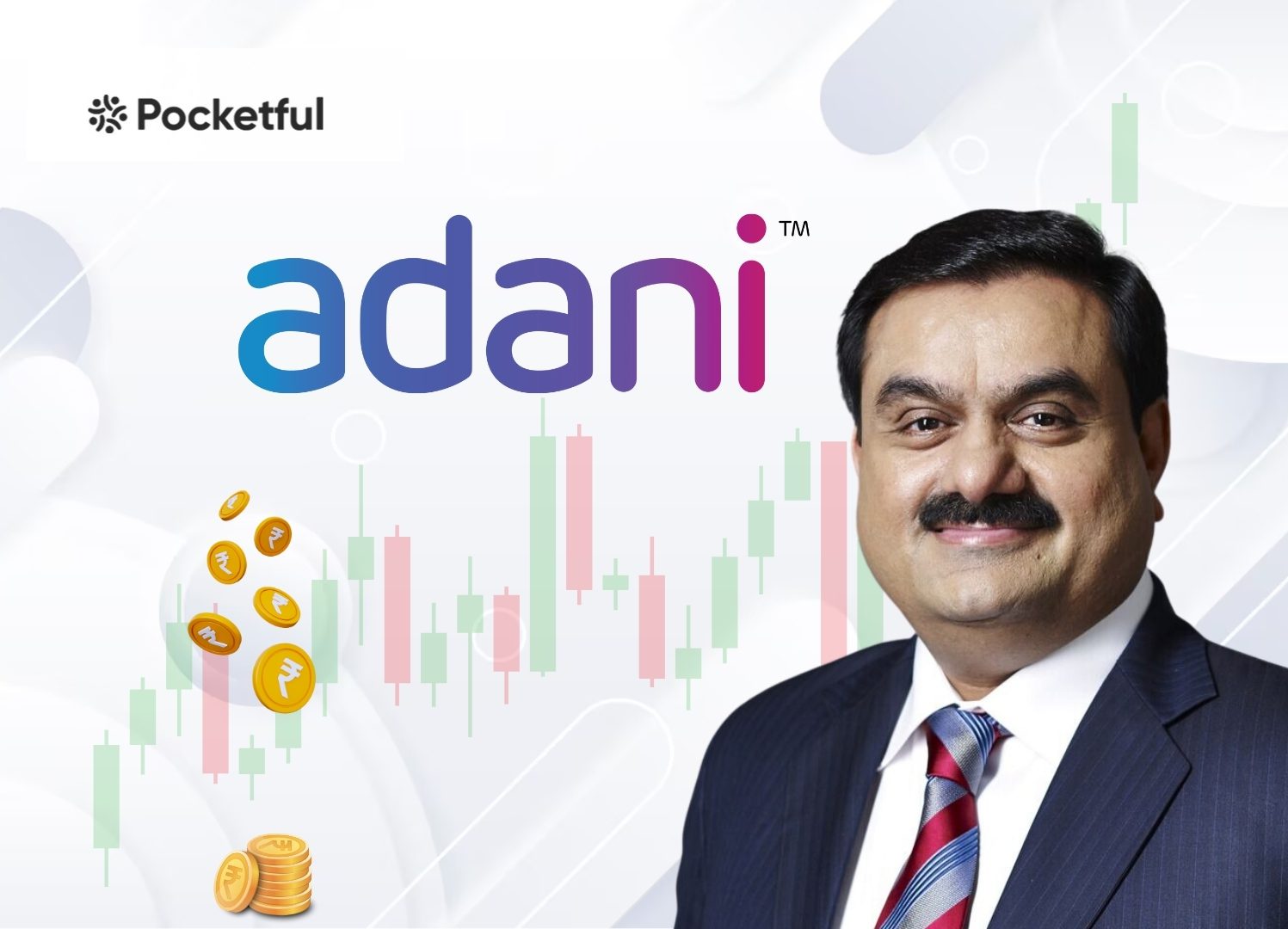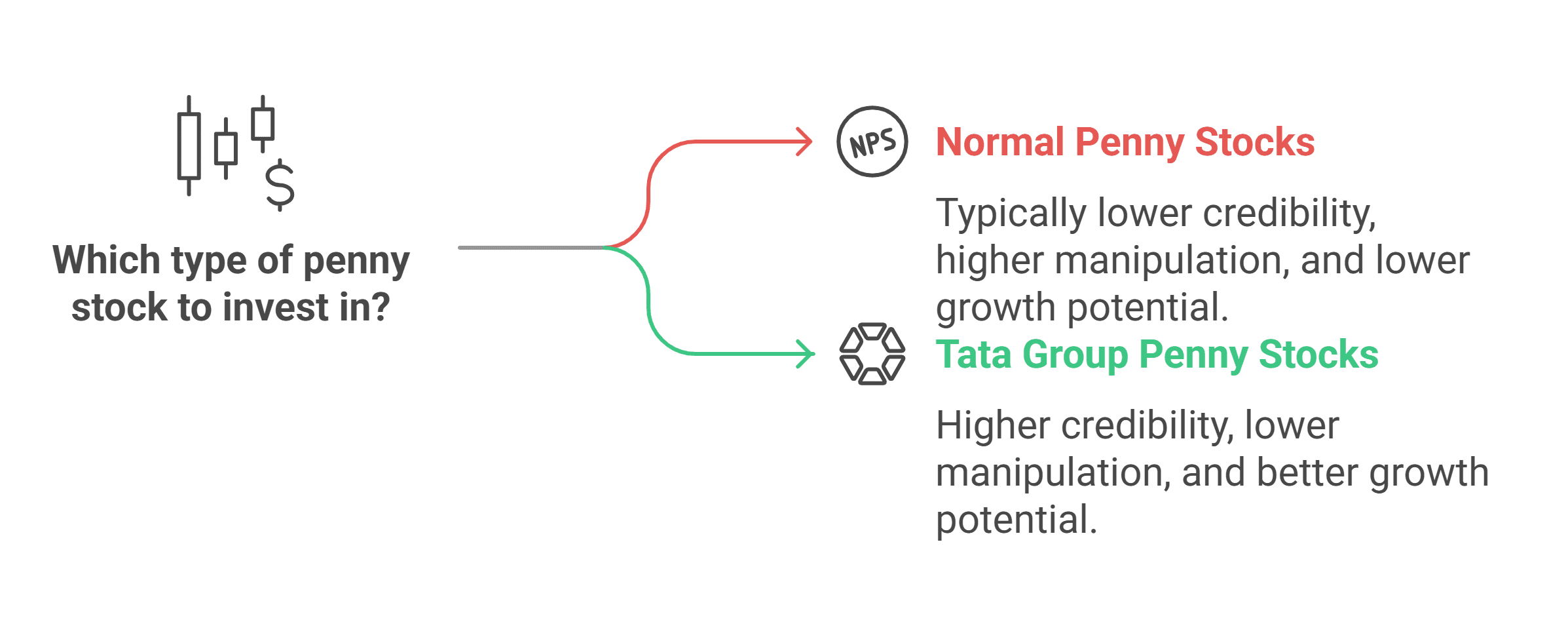The electric vehicle (EV) market in India is expanding rapidly, which is why investors are looking for opportunities to invest in the EV sector. However, small investors may not be able to invest in them due to the high prices of prominent EV companies. However, there are some companies that have the potential to deliver substantial returns and are also priced under INR 100.
This article provides an overview of the EV industry in India, the top 5 EV penny stocks in India, and key risks and future prospects of the EV industry.
EV Industry in India
India is the third-largest automobile market in the world, which makes it a significant contributor to air and noise pollution. Electric Vehicles can serve as substitutes for vehicles that use fossil fuels. The Indian government has been working actively to achieve 30% of the total automobile sales as EV sales by 2030 and ultimately net zero emissions by 2070. The Government of India has established FAME (Faster Adoption and Manufacturing of Hybrid and Electric Vehicles) India scheme, tax benefits for EV owners, charging points establishment, and support for automobile manufacturers to help the development of the domestic EV market.
5 Best EV Penny Stocks in India With Price
The top 5 EV penny stocks list in India are:
| Stock Name | Current Price (₹) | Market Capitalization (In ₹ crores) | 52-Week Low (₹) | 52-Week High (₹) |
|---|---|---|---|---|
| Wardwizard Innovations & Mobility Ltd. | 14.3 | 372 | 10.0 | 58.0 |
| Goldstar Power Ltd. | 8.85 | 213 | 13.6 | 7.20 |
| Tunwal E-Motors Ltd. | 29.4 | 170 | 52.4 | 27.2 |
| Ola Electric Mobility Ltd. | 62.0 | 27,330 | 39.6 | 124 |
| RattanIndia Enterprises Limited | 61.5 | 8,502 | 37.4 | 84.7 |
1. Wardwizard Innovations & Mobility Ltd.
Wardwizard Innovations & Mobility Ltd. is one of the most prominent players in the EV sector, and it has a wide range of e-bikes. The company sells its products under the brand names Joy e-Bike and Joy e-Rik. The company began its journey in 2016 and launched its first e-scooter in 2018.
The strengths of the company are:
- A broad portfolio of electric two-wheelers.
- Strong customer base in Tier 1 and Tier 2 cities.
- A strong network of more than 750 dealers.
Know the Returns:
| 1Y Return (%) | 3Y Return (%) | 5Y Return (%) |
|---|---|---|
| -73.82% | -76.55% | -21.69% |
2. Goldstar Power Ltd.
Goldstar Power Ltd. is a company focusing on the sale of EV batteries. Goldstar Power Ltd. was established in 1982 as a partnership firm and was incorporated as “Goldstar Power Ltd.” in 1999. The company has gained a competitive advantage in manufacturing EV batteries over the years. The company has international clients in Dubai, Uganda, Oman, etc.
The company has a bright future due to the following reasons:
- Focus on R&D to manufacture superior batteries.
- Strategic partnerships with numerous electric vehicle manufacturers.
Know the Returns:
| 1Y Return (%) | 3Y Return (%) | 5Y Return (%) |
|---|---|---|
| -25.94% | 563.75% | -63.20% |
3. Tunwal E-Motors Ltd.
Tunwal E-Motors Ltd. is another promising choice in the EV sector’s penny stocks list. The company’s focus on high-quality and low-price business models has resulted in a significant customer base. The strengths of the company are:
- A wide range of electric scooters and bikes.
- The company has more than 330 dealerships in India.
Know the Returns:
| 1Y Return (%) | 3Y Return (%) | 5Y Return (%) |
|---|---|---|
| -43.09% | -54.30% | -54.30% |
4. Ola Electric Mobility Ltd.
Ola Electric is one of the most popular EV penny stocks in India. The main reason behind the company’s growth is the wide range of EVs produced along with superior battery technology.
The key strengths of the company are:
- It has the largest integrated Electric 2-Wheeler (E2W) manufacturing plant in Tamil Nadu.
- The company continuously works on developing superior products through its R&D facilities in India, the US and the UK.
Know the Returns:
| 1Y Return (%) | 3Y Return (%) | 5Y Return (%) |
|---|---|---|
| -47.70% | -18.59% | -18.51% |
5. RattanIndia Enterprises Limited
RattanIndia Enterprises Limited is a key player in the EV sector. The company sells electric motorcycles under the brand name Revolt. The company’s RV400 bike is the market leader in EV motorcycles, with a range of 150 km and a top speed of 85 km/hr.
The main bullet points are:
- More than 100 dealerships across 65 cities in India.
- Provides a warranty of 1,50,000 km on its bikes, which is the highest for any EV two-wheeler.
- The company has diversified operations.
Know the Returns:
| 1Y Return (%) | 3Y Return (%) | 5Y Return (%) |
|---|---|---|
| -23.37% | 16.70% | 619.29% |
Read Also: List of Best Electric Vehicle Stocks in India
Why Invest in EV Penny Stocks?
EV penny stocks offer good investment opportunities due to the following reasons:
- The government of India has launched several initiatives and policies to encourage the adoption of EVs among the general public.
- Rising petrol and diesel (fossil fuel) prices all over the world.
- Innovation in battery technology can decrease the prices of EVs, making them more affordable.

Risks Associated with Investing in EV Penny Stocks
Although the benefits of investing in EV stocks are appealing to investors, they should be aware of the associated risks mentioned below:
- Penny stocks are usually illiquid and can experience high volatility.
- The EV industry is relatively new, and little information is available related to the financial performance of EV companies, which makes it difficult to analyze them.
- Established automotive manufacturers are actively expanding in the EV sector.
Future Prospects
India’s electric vehicle penny stocks future looks very bright. The Indian government’s policies (FAME scheme, tax breaks on EV purchases) and investments in charging infrastructure are spurring the growth of the EV market. Firms that can develop superior battery technologies at an affordable price will be market leaders in the EV sector.
Read Also: Best Trading Apps in India
Points to Consider Before Investing in EV Penny Stocks
Investment in EV penny stocks requires a strategic approach:
- Conduct thorough research on the company’s fundamentals.
- Analysis of the market trends and investor sentiment.
- Evaluate the impact of regulatory changes affecting the EV sector.
Read Also: 10 Best High Volume Penny Stocks In India
Technological Advancements Driving EV Penny Stocks
Technological improvements in battery technology and energy density are fundamental to successful EV businesses’ growth and, hence, their stocks’ success as well. The following aspects will play a key role in the success of EV penny stocks:
- Batteries with higher energy density and efficiency.
- Development of Quick charging stations.
- Electric Motors have better energy efficiency.
Conclusion
The EV sector is one of the fastest-growing sectors in India, and it offers investors attractive investment opportunities. Government-driven electric mobility promotion, combined with increasing environmental consciousness and technological developments, are the key factors behind the growth of the EV industry. Nevertheless, you should thoroughly research the company’s financial statements before investing.
Read Also: Top 10 IT Software Penny Stocks in India
| S.NO. | Check Out These Interesting Posts You Might Enjoy! |
|---|---|
| 1 | Tata Penny Stocks List – Benefits, and How to Invest? |
| 2 | Reliance Penny Stocks List in India |
| 3 | Best Alcohol Penny Stocks in India |
| 4 | 5 Top Artificial Intelligence Penny Stocks in India |
| 5 | 7 Best Solar Energy Penny Stocks List |
Frequently Asked Questions(FAQs)
What is an EV penny stock?
An EV penny stock is a stock of a company that operates in the EV sector and has a current market price of less than ₹100.
Are there EV penny stocks in India priced below ₹1?
There are penny stocks in India priced below ₹1. However, it is very rare to find EV penny stocks in this price range. Most EV penny stocks in India cost between ₹1 and ₹100.
How to identify the best EV penny stocks in India?
Financial position, market share, and growth prospects should be analyzed by investors to identify the best EV companies.
What are the risks associated with investing in EV penny stocks?
The risks associated with investing in EV penny stocks include the high volatility, lack of financial data for younger firms, chances of fraudulent practices, and regulatory instability in the EV sector.
How is the Indian government supporting the EV industry?
The Indian government supports the EV industry through initiatives like the FAME scheme, tax benefits for the people who buy an EV, and infrastructure development of the charging stations, amongst others.













